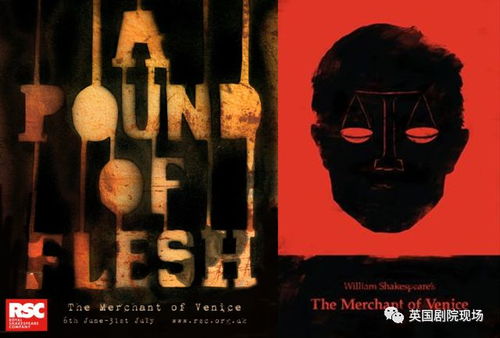
英文名起名取名助手安卓版

- 文件大小:29.52MB
- 界面语言:简体中文
- 文件类型:Android
- 授权方式:5G系统之家
- 软件类型:装机软件
- 发布时间:2024-11-14
- 运行环境:5G系统之家
- 下载次数:117
- 软件等级:
- 安全检测: 360安全卫士 360杀毒 电脑管家
系统简介
Introduction to Antagonists in Literature

Antagonists are an integral part of storytelling, providing the necessary conflict that drives the narrative forward. In this article, we delve into the world of antagonists, exploring their roles, characteristics, and the impact they have on the story's progression. By understanding the antagonist, writers can create compelling and memorable characters that resonate with readers.
Understanding the Role of Antagonists

The antagonist is the character or force that stands in opposition to the protagonist. They create obstacles, challenges, and conflicts that the protagonist must overcome. Without an antagonist, the story would lack tension and excitement, making it difficult for readers to become invested in the protagonist's journey.
Characteristics of a Typical Antagonist

Antagonists often possess certain characteristics that make them memorable and formidable. Here are some common traits:
Powerful and Resilient: Antagonists are typically strong and capable, often making it difficult for the protagonist to defeat them.
Complex: While they may seem one-dimensional at first, a well-crafted antagonist often has a complex backstory and motivations, making them more relatable and intriguing.
Intelligent: Antagonists are often intelligent and cunning, using their intellect to outsmart or outmaneuver the protagonist.
Desirable: Despite their negative actions, some antagonists may possess qualities that readers find desirable, making their downfall even more satisfying.
Types of Antagonists

Antagonists can take many forms, and their nature often depends on the genre and context of the story. Here are some common types:
Human Antagonists: These are characters with their own motivations and desires, such as a greedy villain or a corrupt official.
Non-Human Antagonists: These can include supernatural beings, animals, or even abstract concepts like time or fate.
Societal Antagonists: These are external forces, such as a government or a societal norm, that the protagonist must challenge.
Internal Antagonists: These are the protagonist's own flaws or inner demons that they must overcome.
The Impact of Antagonists on the Story

The presence of an antagonist has a significant impact on the story's progression and themes. Here are some ways in which they contribute to the narrative:
Conflict: Antagonists create conflict, which is the driving force behind the story's plot and character development.
Character Development: The protagonist's interactions with the antagonist often lead to personal growth and change.
Themes: Antagonists can highlight and explore various themes, such as good versus evil, the struggle for power, or the nature of justice.
Resolution: The confrontation between the protagonist and the antagonist often leads to the resolution of the story's central conflict.
Creating a Memorable Antagonist

Creating a memorable antagonist requires careful consideration of their character, motivations, and role in the story. Here are some tips for crafting a compelling antagonist:
Develop a Strong Backstory: A well-developed backstory can provide depth and complexity to the antagonist's character.
Establish Clear Motivations: Understanding the antagonist's reasons for their actions can make them more relatable and intriguing.
Balance Power and Vulnerability: A good antagonist should be powerful but also have vulnerabilities that the protagonist can exploit.
Challenge the Protagonist's Beliefs: Antagonists can challenge the protagonist's beliefs and values, leading to personal growth and change.
Conclusion

Antagonists play a crucial role in storytelling, providing the necessary conflict and tension that make a story engaging and memorable. By understanding the role of the antagonist, writers can create compelling characters that challenge and inspire readers
装机软件下载排行

其他人正在下载
- 藏家圈藏品平台
- 树术数藏
- 寓小二安卓版
- 二狗单身青年自救平台
- whatsapp官方最新版下载
- imtoken最新版v2.13.5下载
- Letstalk官网版中文下载
- whatsapp官方app
- skype手机官网版下载
- OpenSea钱包最新版






